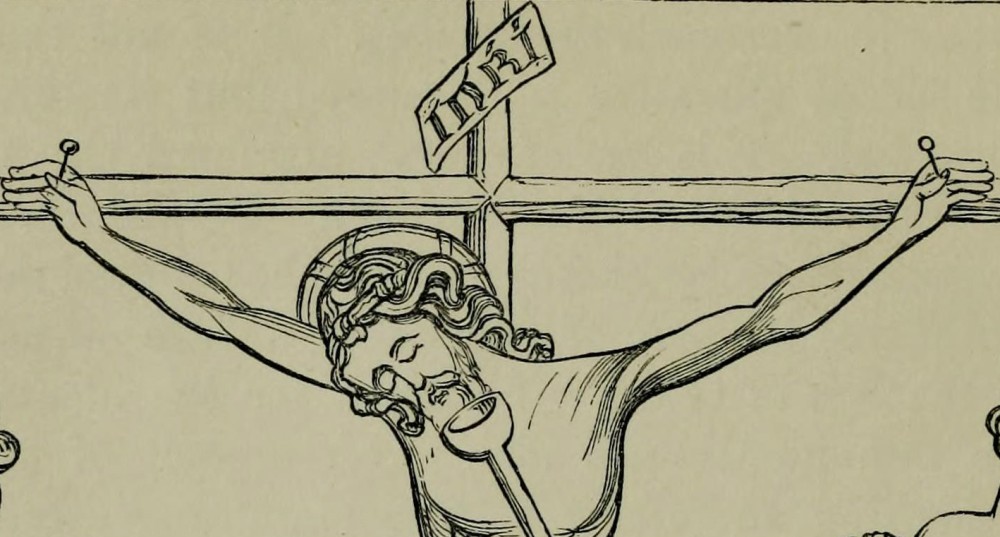Living water isn’t just a metaphor
On the cross, Jesus needed actual water. No one gave him any.

The esteemed short-story writer Joy Williams wrote a book of short—and I mean really short—stories called Ninety-Nine Stories of God. The one called “Wet” is my favorite:
The Lord was drinking some water out of a glass. There was nothing wrong with the glass, but the water tasted terrible.
This was in a white building on a vast wasteland. The engineers within wore white uniforms and bootees on their shoes and gloves on their hands. The water had traveled many hundreds of miles through wide pipes to be there.





